1. Wearing Clothes of the Wrong Color
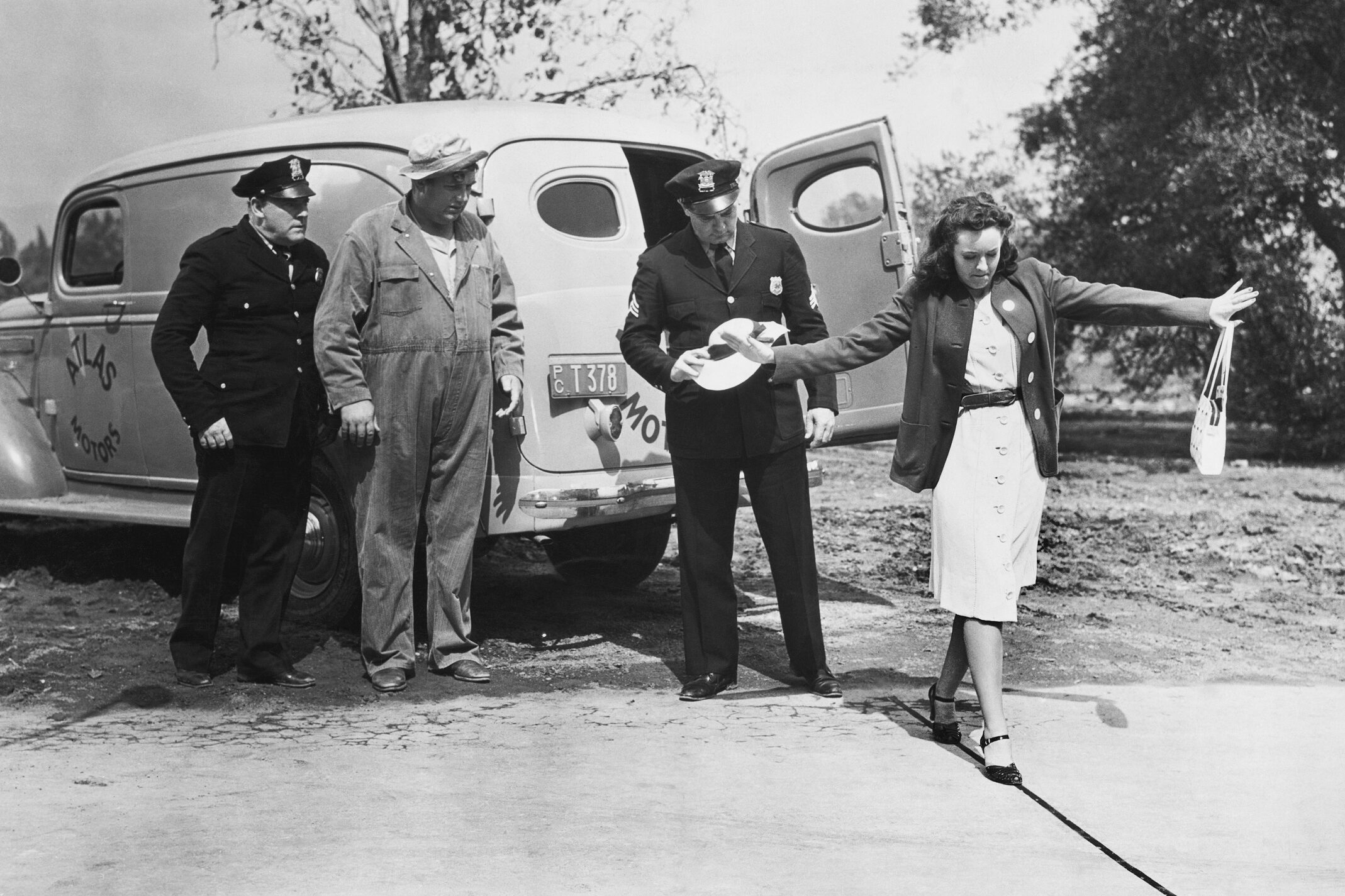
In 14th-century France, the color of your clothing wasn’t just a fashion statement—it was a legal matter. Laws dictated specific colors for different social classes, and wearing the wrong hue could land you in hot water. If a peasant dared to sport purple, reserved for royalty, they might face fines or even corporal punishment. The intention was to maintain clear social hierarchies, but it seems harsh by today’s standards shares History Channel.
Imagine being told you can’t wear your favorite blue shirt because of your job! The punishment varied by region but often included public shaming or worse. For commoners, the consequences served as a stark reminder of their place in society. It’s a wild example of how fashion was more than style; it was strictly regulated social order.
2. Blasphemy Punished by Death

Religious laws once governed much of everyday life, and blasphemy was considered a grave offense in many cultures. In colonial Massachusetts, for example, uttering disrespectful words about God could lead to capital punishment. Courts took these offenses extremely seriously, aiming to preserve the moral fabric of society. If found guilty, the accused might face execution, often by hanging shares Humanist UK.
This extreme approach served as both punishment and a deterrent, emphasizing the importance of religious piety. It’s hard to fathom such severity for speech today, but back then, the line between law and religion was almost invisible. The fear of divine wrath made people tread very carefully when discussing religious matters adds New York Times.
3. Stealing a Rabbit: Amputation
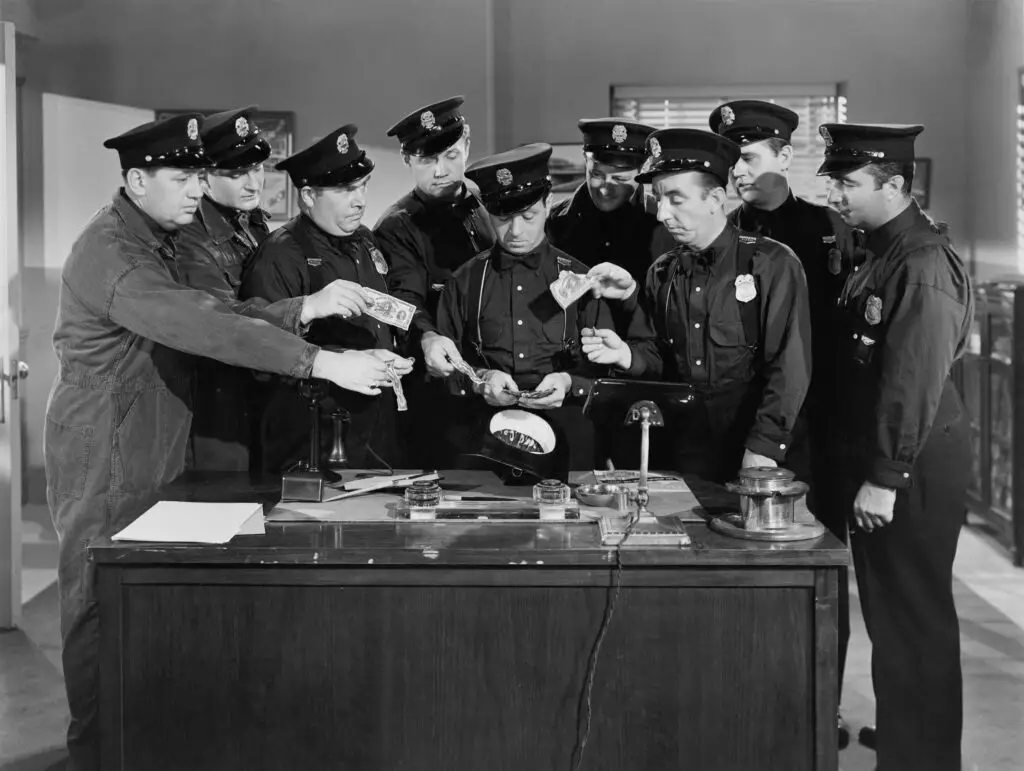
In medieval England, theft was met with harsh penalties, but stealing livestock, even a rabbit, could result in losing a hand. Rabbits were valuable assets, often raised for food and fur, making them significant to a household’s survival. The law aimed to protect property rights fiercely, ensuring that thieves felt the pain of their crime quite literally says the Comet.
Amputation served as a brutal warning to others, reinforcing the idea that theft would strip you of more than your stolen goods—it could cost you part of yourself. While the punishment seems extreme for a rabbit, it reflected the era’s harsh justice system. Society back then was quick to make examples out of criminals to maintain order.
4. Cheating in Exams: Branding

In 18th-century Europe, academic dishonesty carried severe repercussions. Students caught cheating on exams could be branded with a hot iron, leaving a permanent mark of shame. This punishment wasn’t just about fairness in academics; it was about maintaining the integrity of educational institutions. A branded student would carry a scar as a lifelong stigma, affecting their future prospects.
The branding symbolized a moral failing as much as an academic one, aiming to deter others from similar misdeeds. It’s a stark contrast to today’s warnings against plagiarism, where consequences are much less physically painful. The permanence of the brand underscored the era’s zero-tolerance policy toward cheating.
5. Leaving Your House Unlocked: Fine or Public Humiliation

In 16th-century Germany, leaving your house unlocked was considered a civic offense. The logic was simple: unlocked doors invited crime and endangered the community’s safety. Offenders could face fines or, more humiliatingly, public shaming during town gatherings. The punishment emphasized personal responsibility for community security.
This law illustrates how community safety was prioritized over personal convenience. It seems quaint now, but back then, the fear of burglars justified such strict measures. The public humiliation aspect served as a social check, ensuring neighbors held each other accountable.
6. Urinating in Public: Branding or Death

Public urination wasn’t just frowned upon; it could be deadly in some places. In ancient Rome, offenders might face branding or even execution if the offense occurred in certain areas or repeatedly. The punishment was designed to maintain public decency and hygiene, crucial in densely populated cities.
Today, public urination might earn you a fine or a disapproving glance, but back then, the stakes were much higher. Cities viewed the act as a direct affront to civic pride and order. The brutal punishments underscore how societies used law to enforce social norms rigorously.
7. Witchcraft: Burning at the Stake

Accusations of witchcraft during the early modern period in Europe and colonial America could lead to one of history’s most horrifying punishments—burning at the stake. Believed to be in league with the devil, accused witches were often women and marginalized individuals. The fire symbolized purging evil from society, and the spectacle served as a public deterrent.
This punishment wasn’t just about the supposed crime; it was a mix of religious fervor and social scapegoating. Trials were often unfair, with confessions extracted under torture. The witch hunts highlight how fear and superstition can fuel extreme justice measures.
8. Adultery: Stoning or Death

Adultery has been condemned across cultures, but the punishments varied in severity. In ancient Israel and some Islamic societies, it could be punishable by stoning or execution, especially when laws were strictly religious. The punishment aimed to protect family honor and societal morality.
Public stoning was a brutal affair, reinforcing communal values through extreme physical pain and social ostracism. The severity reflected the importance placed on marital fidelity and social order. Modern perspectives generally view such punishments as inhumane, but they were seen as necessary for preserving societal structure.
9. Homosexuality: Death by Hanging or Burning
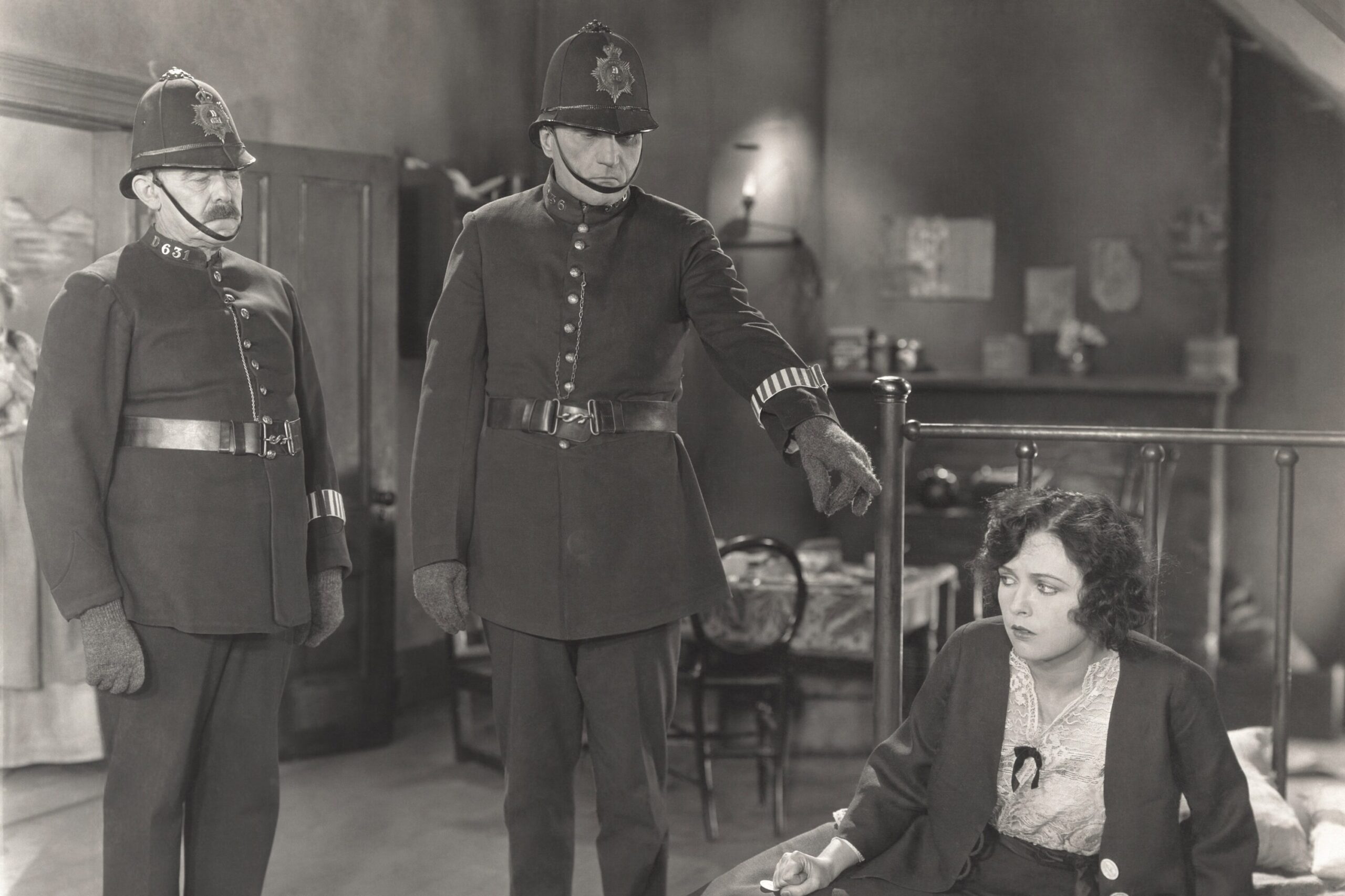
Laws against homosexuality were harsh and unforgiving in many historical societies. Medieval Europe and colonial America often viewed it as a crime against nature and religion, punishable by hanging, burning, or other severe methods. The laws intended to maintain religious doctrine and social norms.
The punishments were public and brutal, meant to serve as warnings to others. These laws and penalties reflected deep-seated fears and prejudices of the time. Fortunately, attitudes and laws have shifted significantly in many parts of the world, but history reminds us how law can enforce morality.
10. Not Attending Church: Fines or Public Whipping
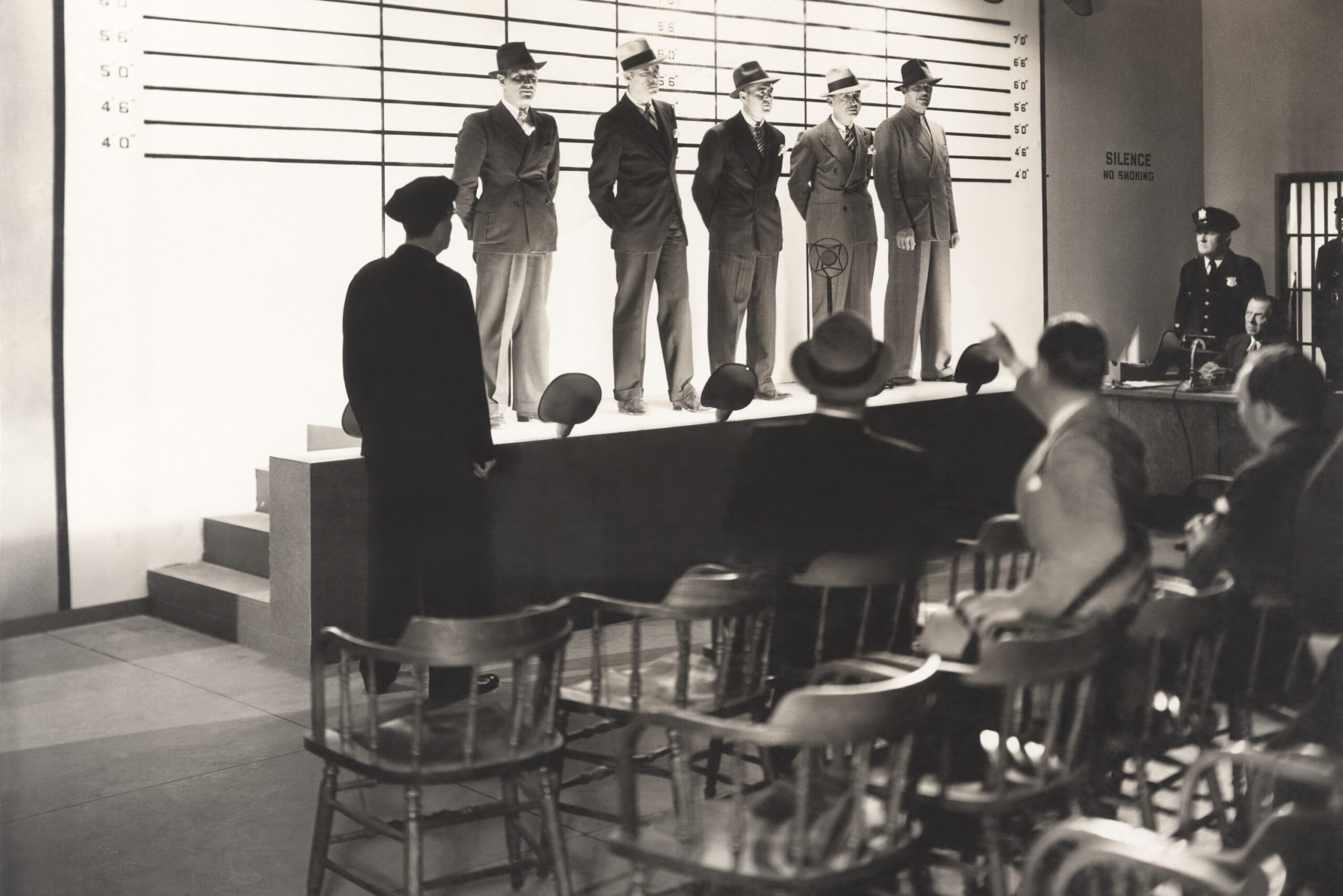
In 17th-century England and colonial America, skipping church wasn’t just a personal choice—it was illegal. Regular attendance was seen as vital for moral health and social cohesion. Offenders could face fines or public whipping, a punishment intended to shame them back into religious conformity.
The whipping was both physical punishment and a public spectacle, emphasizing communal disapproval. Religious observance was tied closely to social order, and noncompliance threatened that structure. It’s a stark example of how deeply intertwined law and religion once were.
11. Breaking a Window: Eye for an Eye
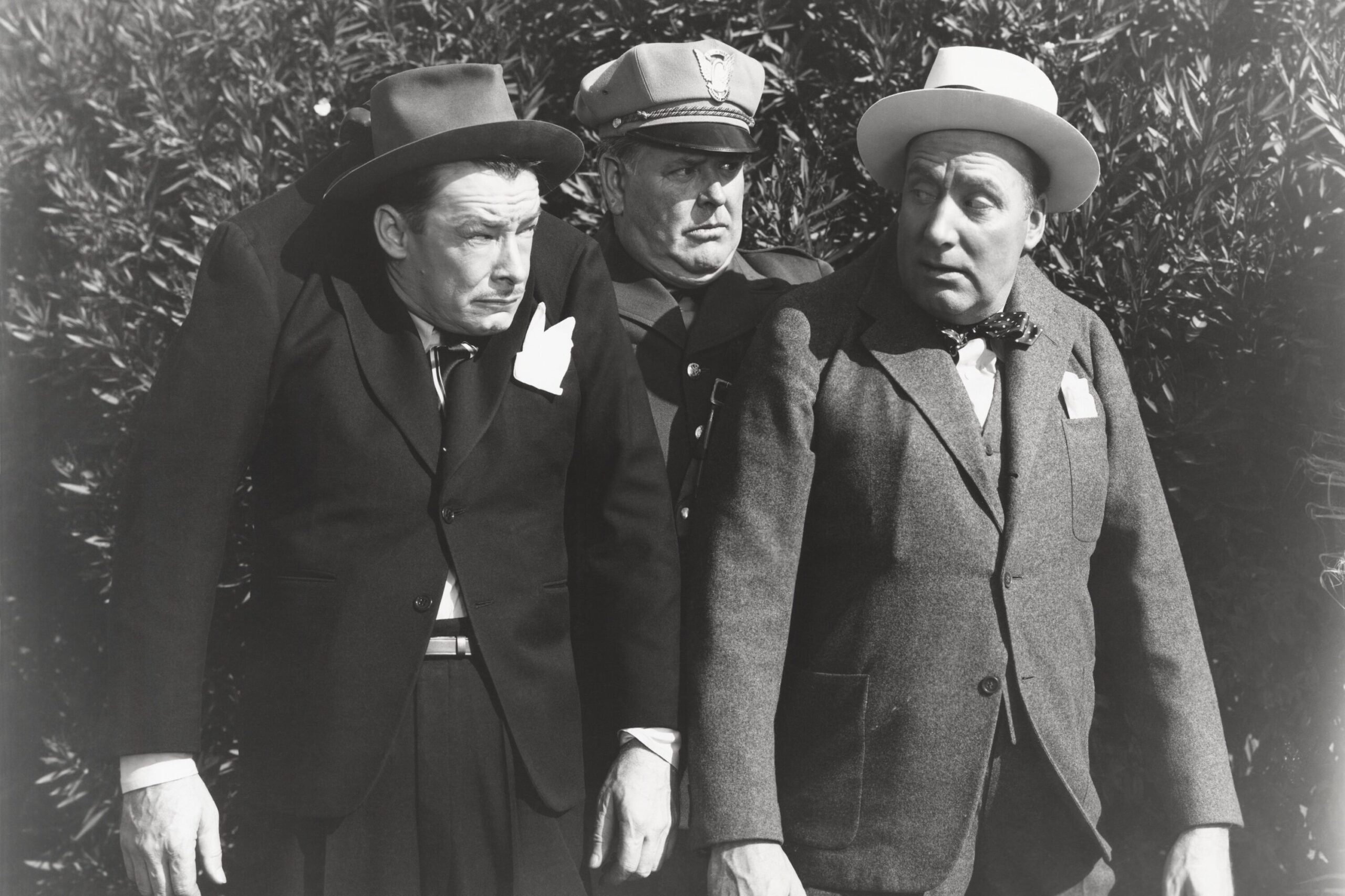
The principle of lex talionis, or “an eye for an eye,” governed many ancient legal systems, including Hammurabi’s Code. If someone broke a window, they might face a similar injury as punishment. The logic was to ensure the penalty matched the crime, aiming for fairness in retribution.
This approach to justice was brutally literal. The punishment served to deter reckless behavior by making offenders feel the consequences of their actions physically. While the law aimed for fairness, its harshness is unimaginable by modern standards.
12. Incest: Death or Mutilation
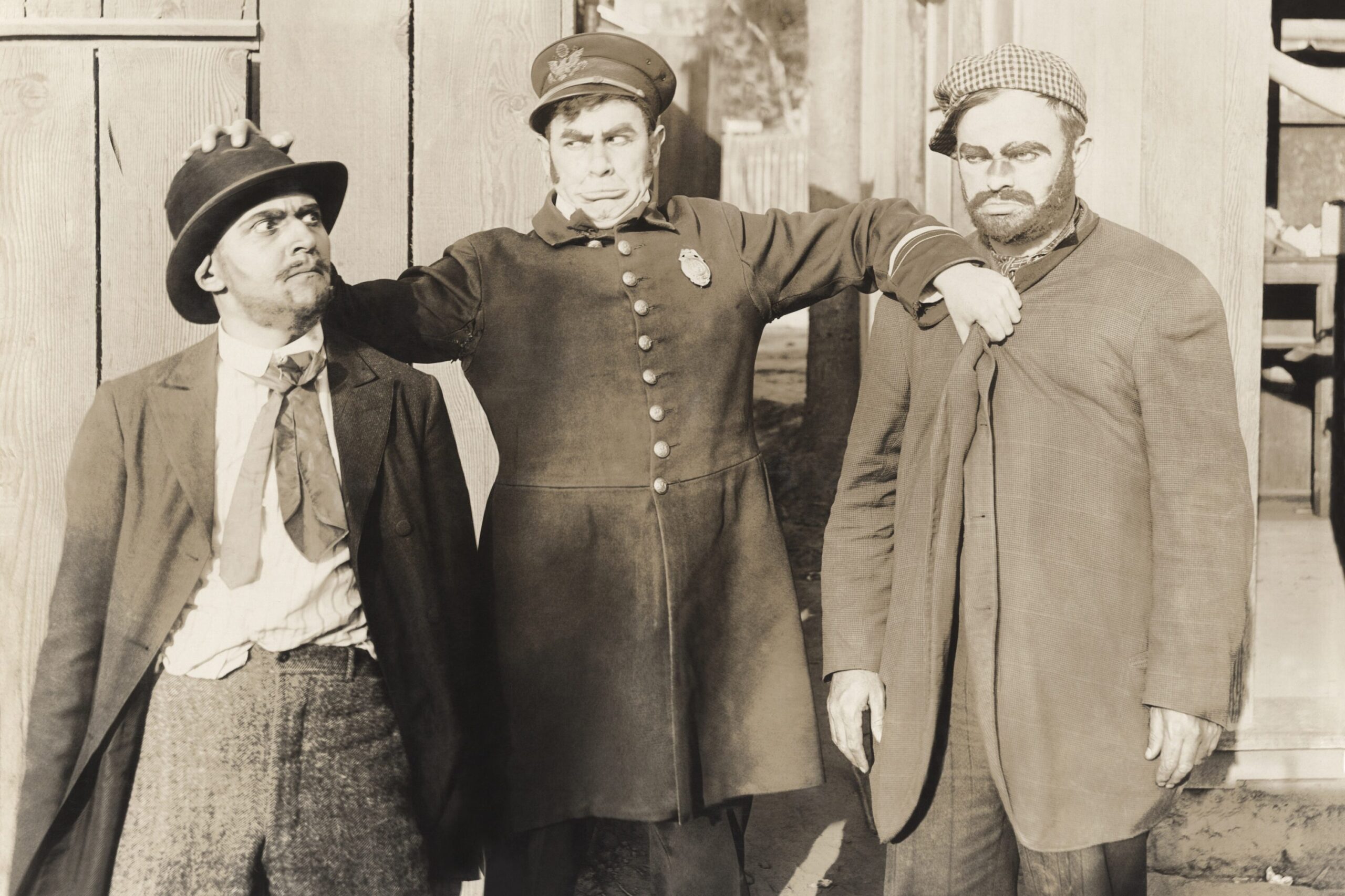
Incest has been heavily stigmatized throughout history, with punishments reflecting the severity with which societies viewed the crime. Ancient Roman and medieval European laws often prescribed death or mutilation for incestuous relationships, aiming to preserve family honor and social purity.
These punishments were extreme but aligned with the era’s moral codes. The social fabric was believed to be at risk when familial boundaries were crossed, justifying harsh penalties. Today, laws are more nuanced, but the historical punishments highlight the intense moral weight of the offense.
13. Theft of Food During Famine: Death
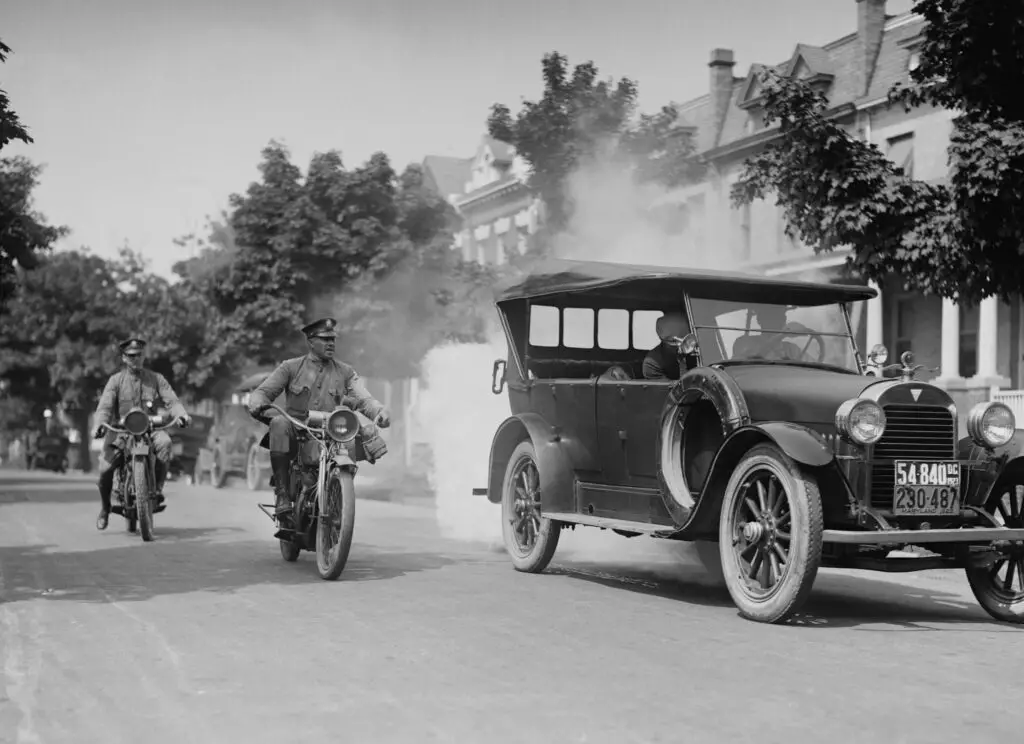
Stealing food during times of famine was considered a dire offense in many societies, particularly in medieval Europe. The logic was harsh but simple: survival of the fittest, and theft threatened communal resources. Punishments ranged from death to severe corporal penalties, meant to protect the community’s fragile stability.
The death penalty for food theft during famine underscored how critical resources were to societal survival. These laws were about more than property—they were about preserving life and order during extreme scarcity. The severity reflected the desperation and harsh realities of life in times of famine.
